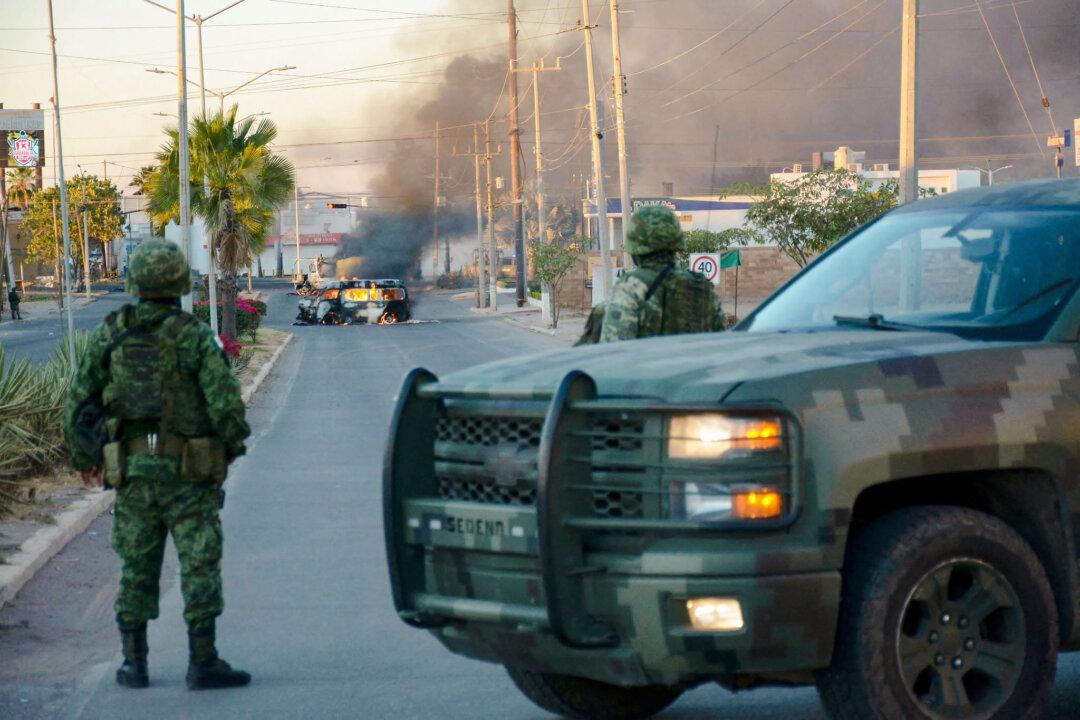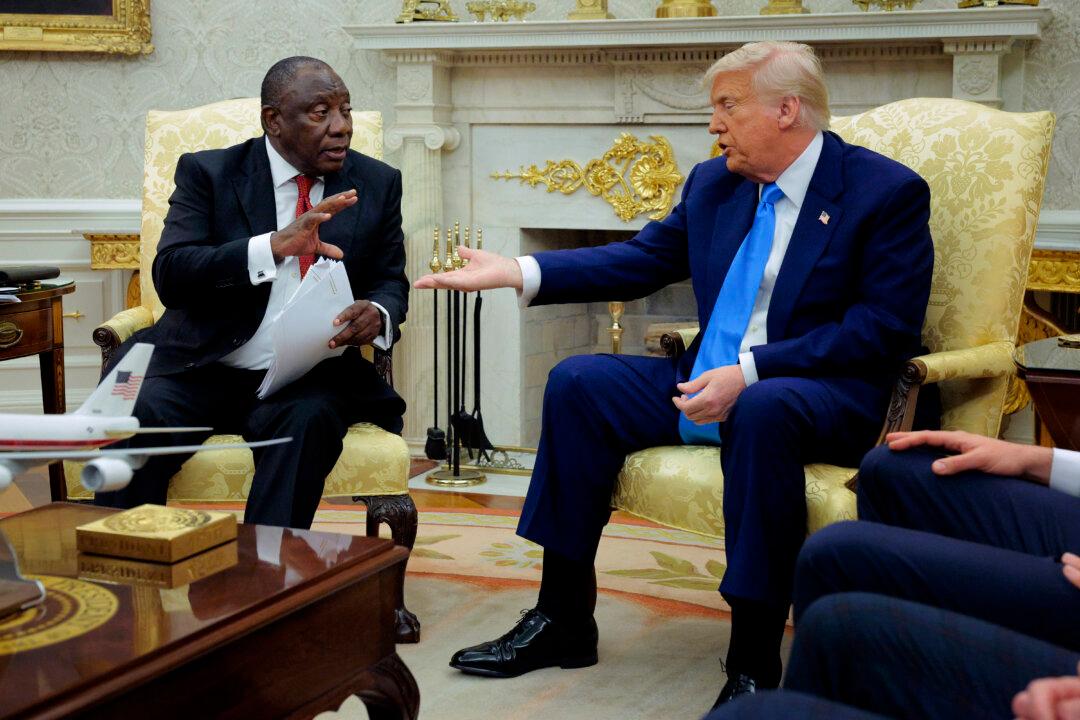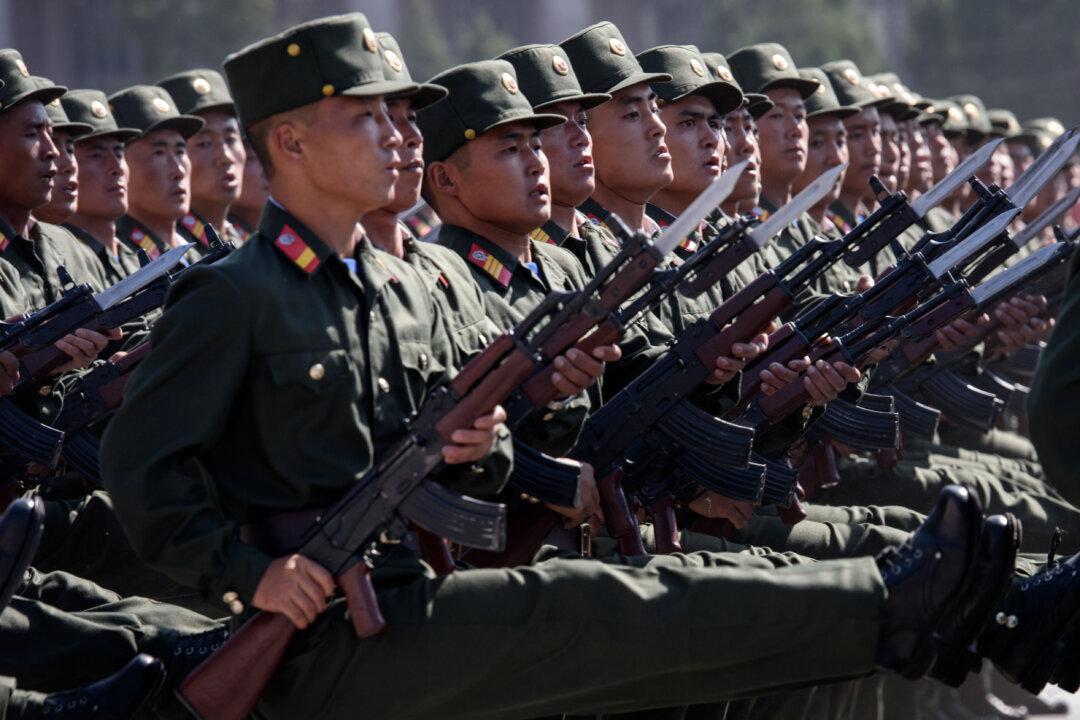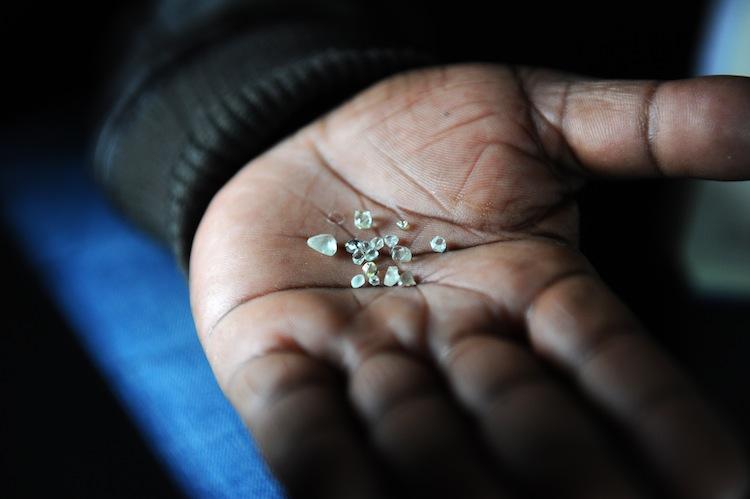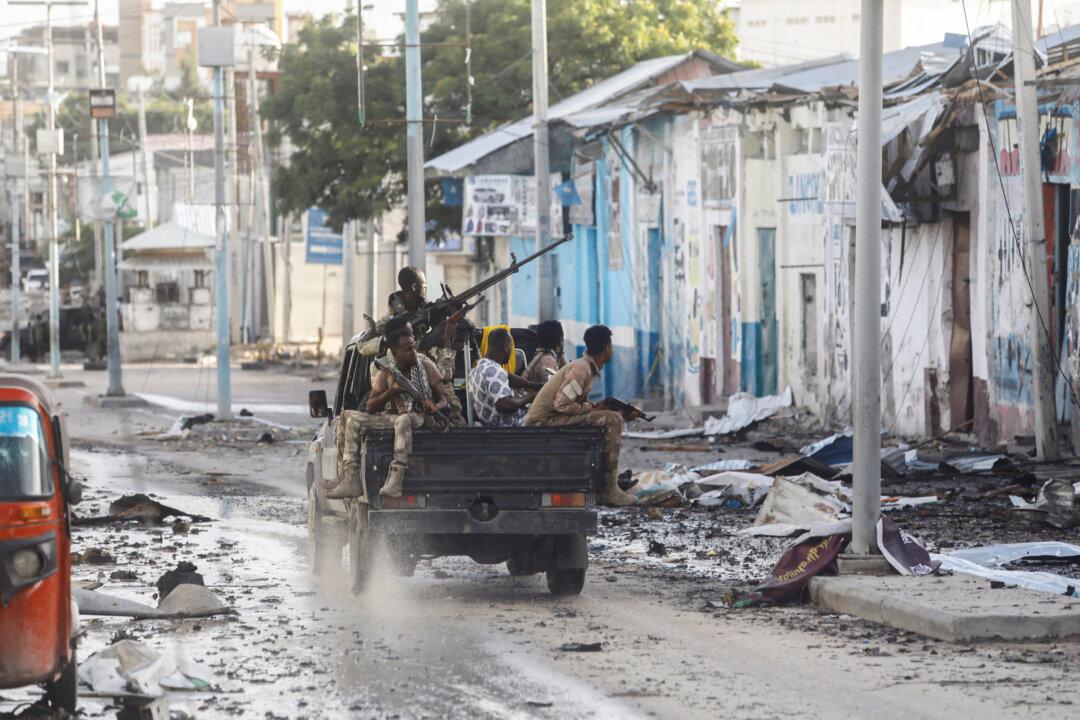JOHANNESBURG—In late July, a squad from South Africa’s elite law enforcement agency, The Hawks, carried out a midday raid on an arid farm near a town in the country’s remote northeast region.
“We found an industrial-scale lab and 408 kilograms [about 899 pounds] of crystal meth and related chemicals, with an estimated value of 2 billion rands [almost $114 million],” Col. Katlego Matlego, spokesperson for The Hawks, told The Epoch Times.
